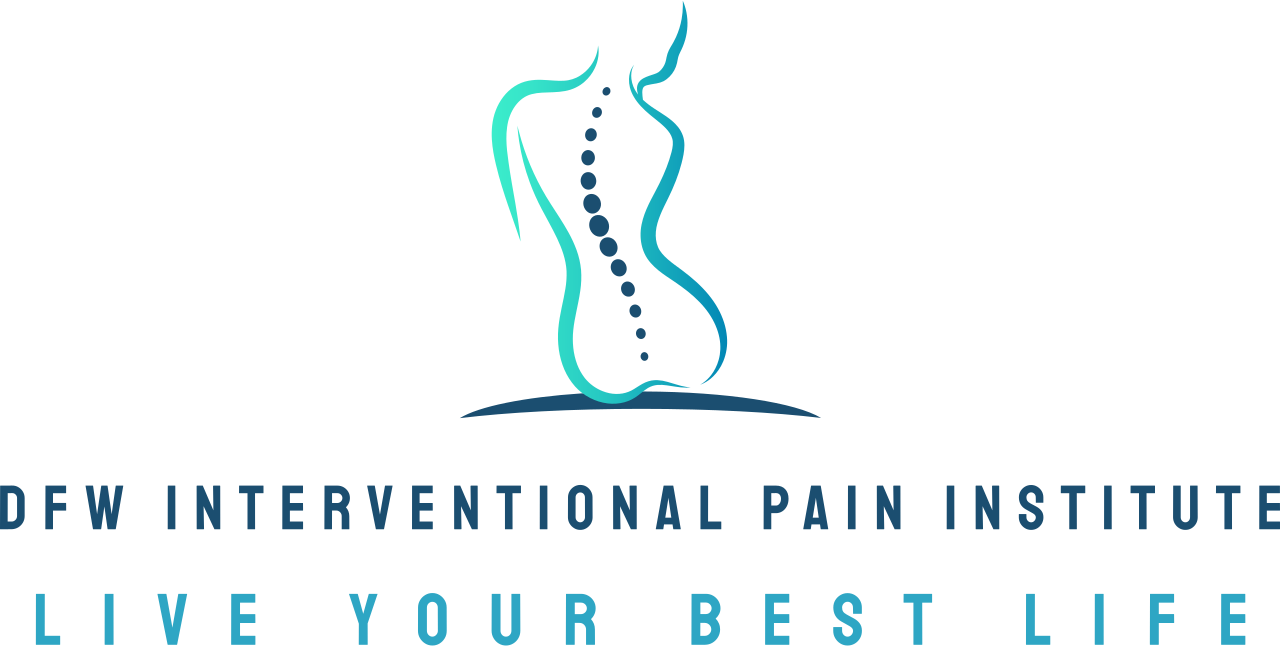Why physical therapy is crucial to pain management
Living with chronic pain can feel like an endless cycle of discomfort that impacts every area of your life. One of the most effective solutions out there for chronic pain management, believe it or not, is physical therapy. Backed by science and specifically tailored to each individual, it’s a tool that can genuinely change lives. In this blog post, we’ll explore the importance of physical therapy for managing chronic pain. From understanding why pain persists to the benefits of physical therapy and what to expect during treatment, this guide will equip you with everything you need to know.
Understanding chronic pain
Chronic pain is more than just long-lasting discomfort. It’s pain that continues for six months or more, often persisting despite medical treatment or even after the initial cause has healed. This lingering pain can arise from conditions like arthritis, nerve damage, fibromyalgia or improperly healed injuries.
But chronic pain doesn’t just affect the body; its impact reaches far deeper. Oftentimes, chronic pain leads to mental health issues due to the issues it causes with mobility and overall well-being.
What makes physical therapy indispensable for pain management?
When pain becomes a constant in life, many people turn to physical therapy for relief. Here’s how this practice makes a difference.
1. Holistic treatment of pain’s source
Physical therapists and pain management doctors like Dr. Edrick Lopez don’t just treat the symptoms of pain; they work to identify its root cause. Is the pain stemming from weak muscles? Poor posture? Stiff joints? Understanding the source helps ensure effective, long-term relief.
2. A toolkit tailored to you
Physical therapy employs a variety of targeted techniques based on each individual’s needs. Some key approaches include:
Low-impact aerobic training: Exercises like brisk walking or cycling help reduce joint stress while improving mobility and overall fitness.
Strength-building workouts: These exercises focus on core stability and muscle strength to support areas weakened by injury or strain.
Pain-relief stretches: Controlled stretching relaxes sore muscles, increases flexibility, and alleviates stiffness.
Home routines: Physical therapists recommend at-home exercises to build upon successes achieved during therapy sessions.
Additional therapies often complement these treatments, such as heat packs, massage, or even innovative technologies like TENS (Transcutaneous Electrical Nerve Stimulation), which blocks pain signals to the brain.
The unmatched benefits of physical therapy
Physical therapy doesn’t just reduce pain; it lays the foundation for improved quality of life. Here are some standout benefits:
Enhanced physical function: Therapy restores mobility and makes regular movement easier. Everyday tasks, like walking, driving or getting out of a chair, can become effortless again.
Improved mental health: Pain releases stress hormones, which can take a toll on your mental well-being. Reducing pain through therapy often leads to better mood and less mental strain.
Non-surgical solutions: For many, physical therapy offers a non-invasive alternative to surgical interventions.
Empowerment through knowledge: Learning about your body and how to manage pain independently fosters confidence and long-lasting results.
What to expect at your first pain management consultation
If you’re new to seeing a pain management specialist, you might wonder what the process looks like. Here’s a quick breakdown of how it goes here at DFW Interventional Pain Institute:
Personalized evaluation: Our team will review your medical history and pain patterns to create a tailored plan.
Guided exercises: If physical therapy is going to be part of your pain management plan, expect to use a mix of therapeutic exercises, ranging from stretching to resistance work, specifically calibrated to your needs.
Ongoing adjustments: Over time, Dr. Lopez and our team can tweak your plan to match your progress.
It’s worth noting that physical therapy is a collaborative process, meaning your active participation is key. This is one of the reasons it can be difficult, but our patients that follow the plan are the ones that see improvements. Consistently following the recommended routines, even at home, is essential to seeing results.
Combining physical therapy with other treatments
For chronic pain, physical therapy works best when combined with other strategies. At DFW Interventional Pain Institute, we often recommend a comprehensive, multi-faceted approach that may include:
Medication for short-term relief of severe pain.
Lifestyle changes like diet adjustments or ergonomic improvements in daily routines.
Complementary therapies such as mindfulness exercises that help reduce tension and enhance relaxation.
Minimally invasive procedures if they're warranted by your condition and if we think we can see better results.
By addressing chronic pain from multiple angles, patients often see faster, more comprehensive improvements.
Finding the right pain management specialist
While physical therapy is undeniably powerful, success often hinges on working with the right pain management expert. At DFW Interventional Pain Institute, Dr. Edrick Lopez specializes in holistic, personalized treatment plans that combine physical therapy with advanced techniques to tackle even the most persistent pain.
Dr. Lopez, a Harvard-trained physician, is double-board-certified in pain management and physical medicine. His patient-centered approach ensures you’ll receive a plan tailored not only to your condition but also your lifestyle.
Take the first step toward living your best life
Chronic pain doesn’t have to dictate your story. Physical therapy is one of the most effective tools for managing and overcoming persistent discomfort. By targeting the source of pain, improving mobility, and combining tailored care with other treatments, it offers a path toward physical freedom and a better quality of life.
If you’re ready to reclaim control, we’re here to help. Reach out to Dr. Lopez and our team at DFW Interventional Pain Institute today. Together, we can create the tailored pain management plan you deserve.

